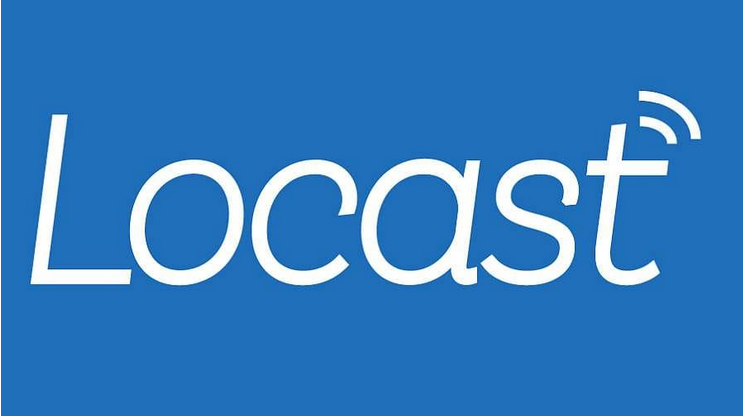Locast in High Gear: TV Streaming Service Expands

Locast, which is providing free over-the-top access to New York TV station over-the-air signals, is expanding, a move that could finally draw a response from broadcasters, sports leagues or studios, who have yet to respond legally or otherwise.
The service launched in January in New York without the knowledge or consent of, or compensation to, the 13 TV stations, including stations owned by the Big Four networks, whose signals it is delivering free to fixed and mobile broadband devices.
Related: Locast Yet to Draw Legal Fire
Locast is launching today (Aug. 2) in Dallas and says it will add three other top-10 markets as it rolls out nationally.
Locast backer Sports Fans Coalition also says it has launched a new interface and an Android app.
“Broadcast TV since its inception was supposed to be free and available to the public, especially during football season, when every local professional game is on broadcast,” said SFCNY chair David Goodfriend of the expansion. “Dallas is football country and this fall, Dallas fans will be able to watch their home team online for free,” said Goodfriend. “Texas taxpayers helped to pay for the stadiums, roads, ramps, and rights-of-way that make the games possible; they own the public airwaves that carry the games on TV; and they deserve to watch their home."
"We finally brought Locast to the Lone Star State," Goodfriend told B&C, but he was not saying which three markets would be next or when, other than "in the coming weeks."
The smarter way to stay on top of broadcasting and cable industry. Sign up below

So far, broadcasters have been quiet on the legal front about the service, as have the Motion Picture Association of America and the major sports leagues.
The coalition, which set up a New York chapter to establish the necessary non-profit profile in the market, says it does not need the stations' permission or to pay retransmission fees.
“In the coming weeks, we will be launching Locast.org in three other top-10 markets,” said Goodfriend. “We’ve signed the local leases, bought the equipment, and tested the software. Once the installations are complete, we will have provided Locast.org to five of the biggest media markets in the U.S.,” Goodfriend added. “All we ask is that users consider the expense of providing the service and make a donation so we can keep the ball rolling.”
The idea is that the service can't turn a profit and remain on this side of copyright law.
Goodfriend and locast are relying on Title 17, Chapter 1, section 111 a)5 of the Copyright Act, which for those without a copy handy covers exemptions from exclusive rights to broadcast transmissions. It grants that exemption if "the secondary transmission is not made by a cable system but is made by a governmental body, or other nonprofit organization, without any purpose of direct or indirect commercial advantage, and without charge to the recipients of the secondary transmission other than assessments necessary to defray the actual and reasonable costs of maintaining and operating the secondary transmission service."
That is the same provision under which TV translators already boost broadcast signals, Goodfriend has pointed out, saying it should not matter what the technology is. They are a nonprofit taking a broadcast signal and retransmitting it, period, he says.
The service is geofenced, which means it will not be available outside the relevant DMAs and thus does not run into contractual exclusivity issues.
If broadcasters or sports leagues or studios are finally spurred to legal action by the expansion, Locast will have to demonstrate that it is truly a nonprofit and gets no direct commercial advantage from the retransmissions, and that the statute indeed allows for retransmissions over the top in addition to over the air.
Contributing editor John Eggerton has been an editor and/or writer on media regulation, legislation and policy for over four decades, including covering the FCC, FTC, Congress, the major media trade associations, and the federal courts. In addition to Multichannel News and Broadcasting + Cable, his work has appeared in Radio World, TV Technology, TV Fax, This Week in Consumer Electronics, Variety and the Encyclopedia Britannica.

